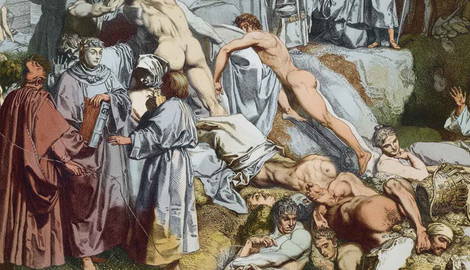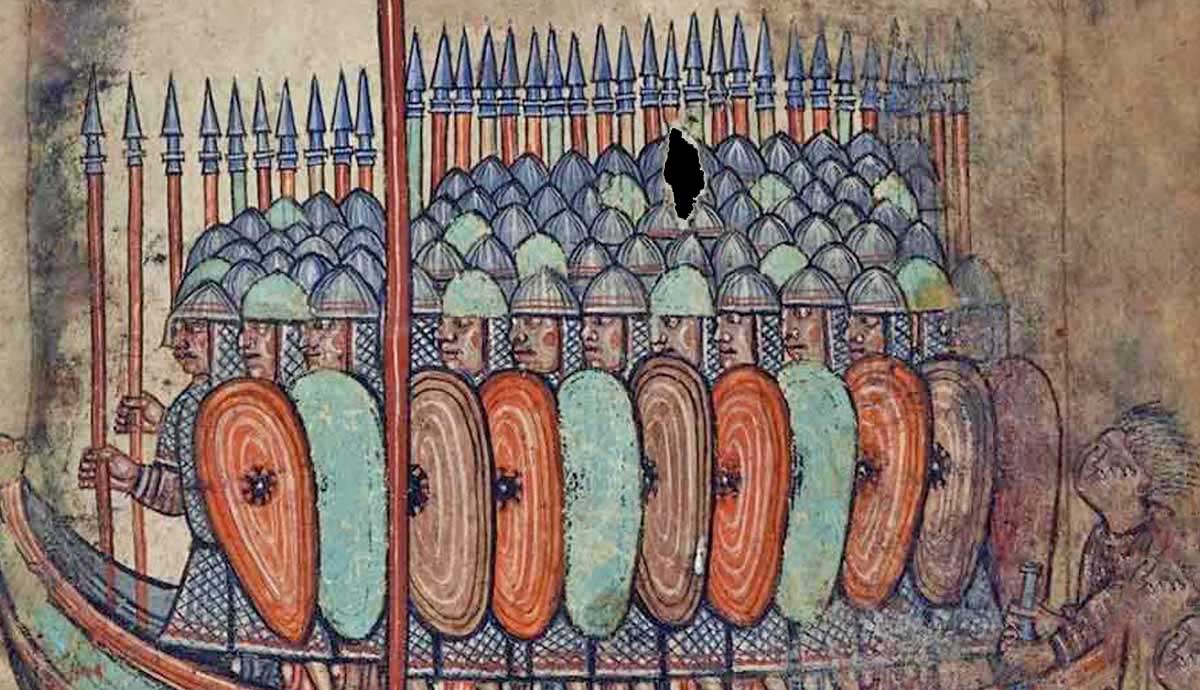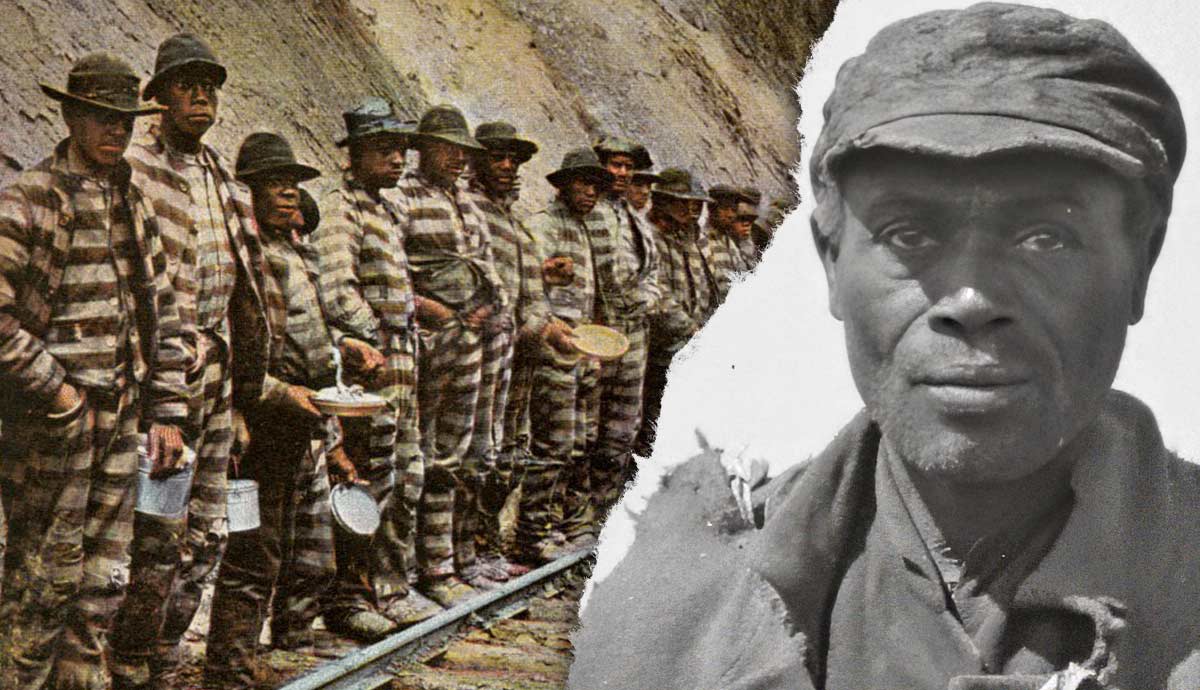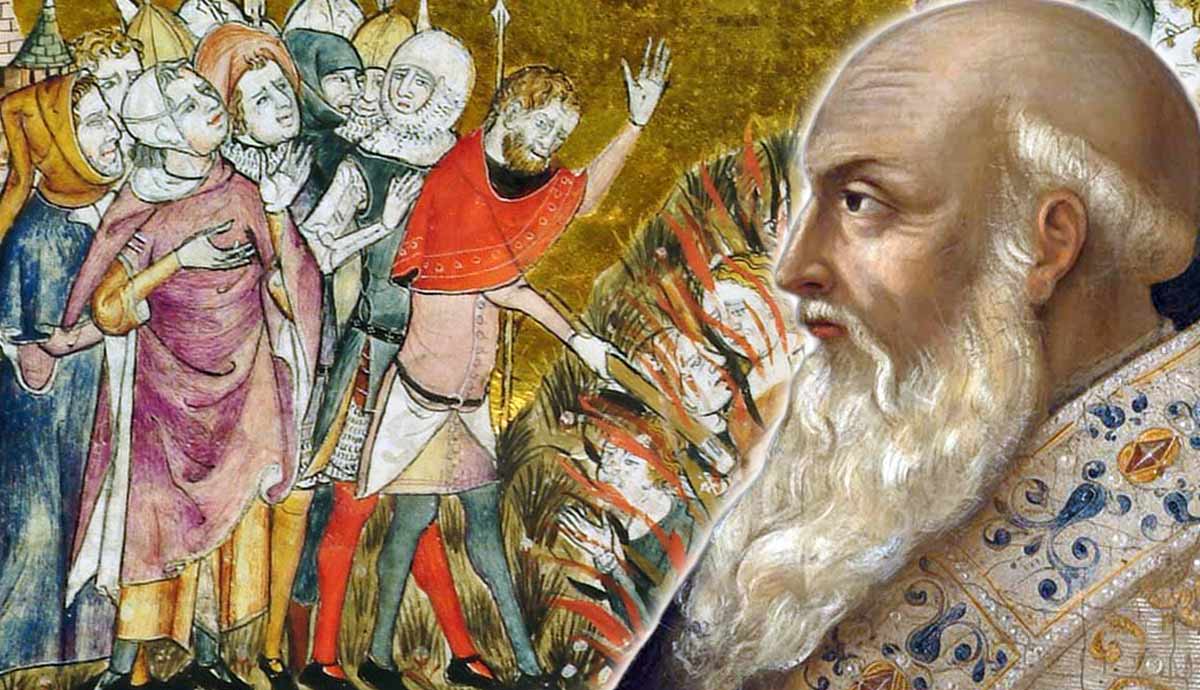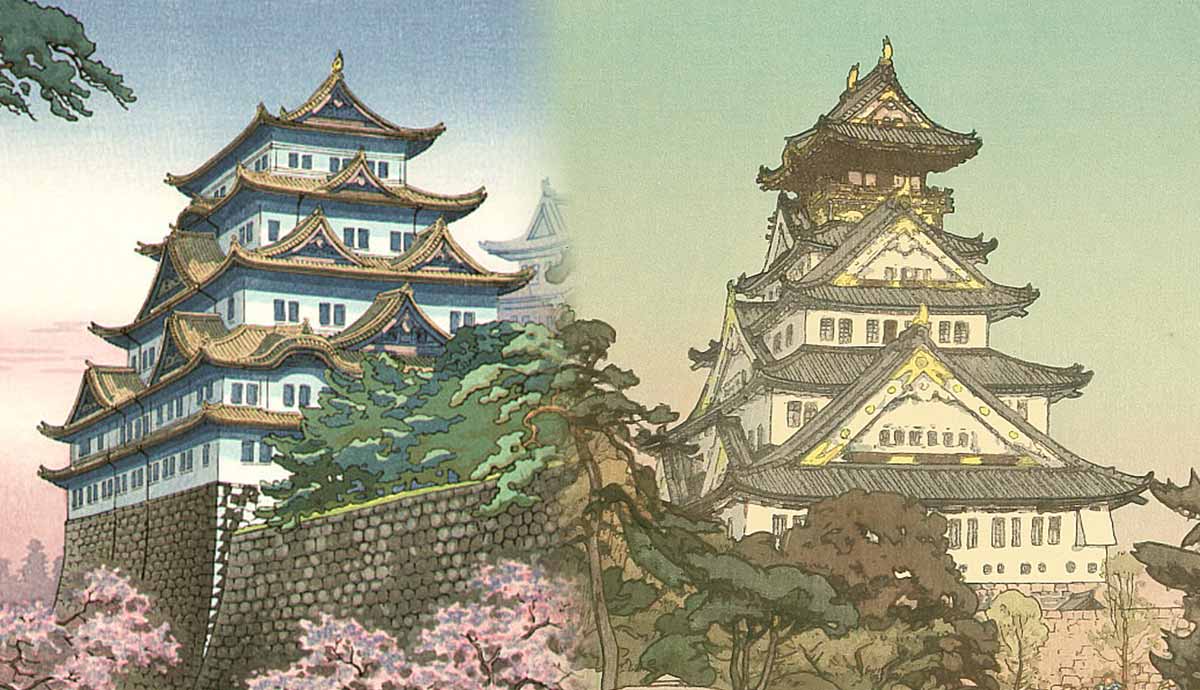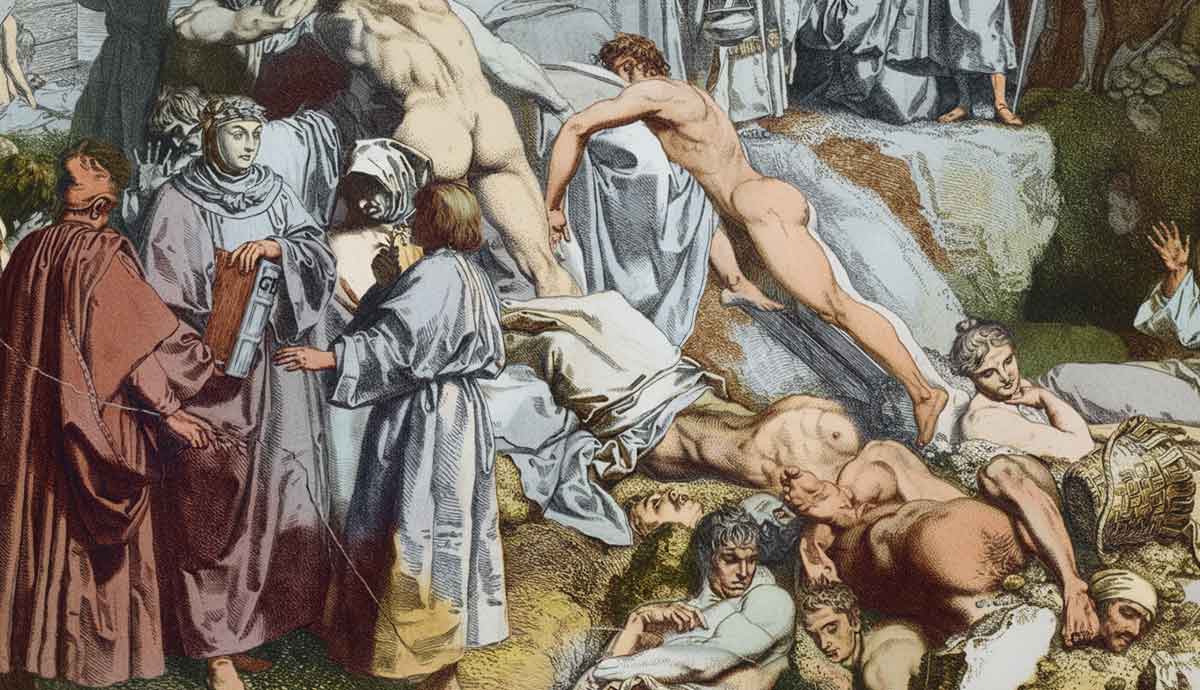
Medieval Europe faced many problems caused by a growing population that reduced the value of peasant labor. Land scarcity also caused many peasants to be bound to manors owed by landlords. Consequently, feudal lords ended up controlling the daily lives of agricultural laborers (serfs) and suppressed any resistance in order to maintain the status quo. The system shaped medieval life in Europe for hundreds of years. However, it was decimated by the Black Death, along with other factors.
When the Black Death Began

In 1347, Europe was struck by a demographic catastrophe as the Black Death spread. Approximately half of the continent’s population was wiped out in four years. The plague was indiscriminate and brutal, shattering the core system on which feudalism was based as both landlords and peasants lost their lives. Soaring death tolls soon slowed down agricultural production and crippled economic activity across the continent. The demographic shock led to a rise in demand for peasant labor due to a severe labor shortage. As entire villages were wiped out, many lords started to pay higher wages to their workers in order to get them to cultivate their lands.

Soon, peasants in some struggling manors started to convert their newfound leverage into social and economic freedom through wage labor. Landlords now competed for workers. In many cases, peasants demanded and received higher wages. Serfs soon abandoned their ancestral manors for better offers.
How Revolts Led to the Decline of Feudalism

The growing power of the peasantry led to aristocratic concerns and prompted authorities to pass laws designed to realign economic systems. In England, the Ordinance of Labourers of 1349, for example, partnered with the Statute of Labourers in 1351 to set fixed pre-plague wage limits across the kingdom. The attempts to turn back the clock were, however, futile as prevailing labor shortages forced landlords to pay higher wages in contravention of the statutes.
Tensions between the aristocrats and peasants across Europe soon led to open revolts that decried the re-imposition of old feudal wages. According to accounts from chroniclers, the French Jacquerie revolt, for example, led to chaos in 1358. Similarly, English peasants began to use organized rebellion to fight back against aristocratic control. The English Peasants’ Revolt of 1381 was, for example, massively popular.
Although the revolts were eventually suppressed, they sent a clear message to the ruling class, and the nobles became afraid of causing more rebellions. They were also less likely to enforce the rules of serfdom. This fear helped speed up the shift to a system of free labor.
Events After the Upheavals

The long-term result of the upheavals was the slow death of traditional serfdom. The nature of the manorial system on which feudalism was based had allowed it to function across lands that may otherwise have been difficult for a central government to control. But the plague made the system inconvenient for lords looking for reliable labor. As such, lords began to abandon the old system of labor service and corvée, in favor of cash payments.
Alternative types of land use also started to emerge such as sheep farming for wool, which required far fewer workers when compared to grain cultivation, for example. Increased wages, additionally, created a new class of prosperous peasants and yeomen, who could now buy their own land, blurring the old social divides.
How Conflicts Hastened the Process

Long-lasting conflicts, especially the Hundred Years’ War that spanned from 1337 to 1453 between England and France, also weakened the feudal system. The nature of warfare also changed. The traditional feudal knight on horseback was no longer the most effective soldier. Paid, trained soldiers were much more powerful.
To fight the new kinds of wars, kings needed to raise their own professional armies instead of relying on their nobles to provide knights. To pay for these armies, kings created new systems of taxation that collected money directly from the general population. The system achieved two things. It made the king the central, most powerful figure in the land and stripped local lords of their authority.
Economic Changes That Emerged After the Black Death

After the Black Death, the old ways of life in Europe fell apart and almost everything changed. As the serfdom social system weakened, peasants embraced creative means to improve their lives. Some poor farm workers, for example, began to sell goods in markets that used to be controlled by the rich.
The changes meant that wealth came more from the money one earned rather than the land that they inherited. The new economy also compelled many peasants to leave the countryside for towns to find better jobs. As a result, many cities grew bigger. A new middle class made up of skilled workers and sellers also emerged from the shift in economic dynamics. Ultimately, the terrible sickness led to a new age where people had more economic freedom.
